SanDisk’s big enterprise product announcement for Computex this year is the CloudSpeed Eco Gen II SSD which is the successor to the first generation CloudSpeed Eco. Building off the success of the first generation CloudSpeed Eco, the Gen II further refines itself for hyperscale data center applications with as much as 30% reduction in cost.
In order to do this, SanDisk transitioned the CloudSpeed Eco Gen II to SanDisk’s 15nm MLC NAND and reduced the overprovisioning of the CloudSpeed Eco Gen II to just 7%. This unfortunately reduces endurance down to a mere 0.3 DWPD (drive writes per day), but it shouldn’t be too big of a concern given the fact that the CloudSpeed Eco Gen II is primarily designed for read-centric applications.
As a drive designed for read intensive applications, steady state sequential performance is rated at up to 530MB/s reads and 460MB/s writes, and steady state random performance is rated at up to 75,000 IOPS reads and 13,000 IOPS writes. The CloudSpeed Eco Gen II also features full enterprise power loss protection as well.
The SanDisk CloudSpeed Eco Gen II will be available in capacities of 480GB, 960GB and 1.92TB. The SanDisk CloudSpeed Eco Gen II is currently sampling now.
In addition to the CloudSpeed Eco Gen II announcement, SanDisk also displayed their recently launched SanDisk Z400s SSD which is designed as an ultra affordable SSD to replace hard drives in applications such as mainstream computing, digital signage, point of sale systems, digital surveillance, etc.
Utilizing an undisclosed controller and 15nm NAND, the SanDisk Z400s will be available in a variety of form factors (mSATA, 2.5″ SATA, M.2) and capacities ranging from 32GB to 256GB. As a low cost drive, performance isn’t spectacular with performance rated at 549MB/s sequential reads and 330MB/s sequential writes, but it’ll definitely be significantly faster than the typical HDDs it’ll be replacing.
The SanDisk Z400s is currently sampling to customers now.

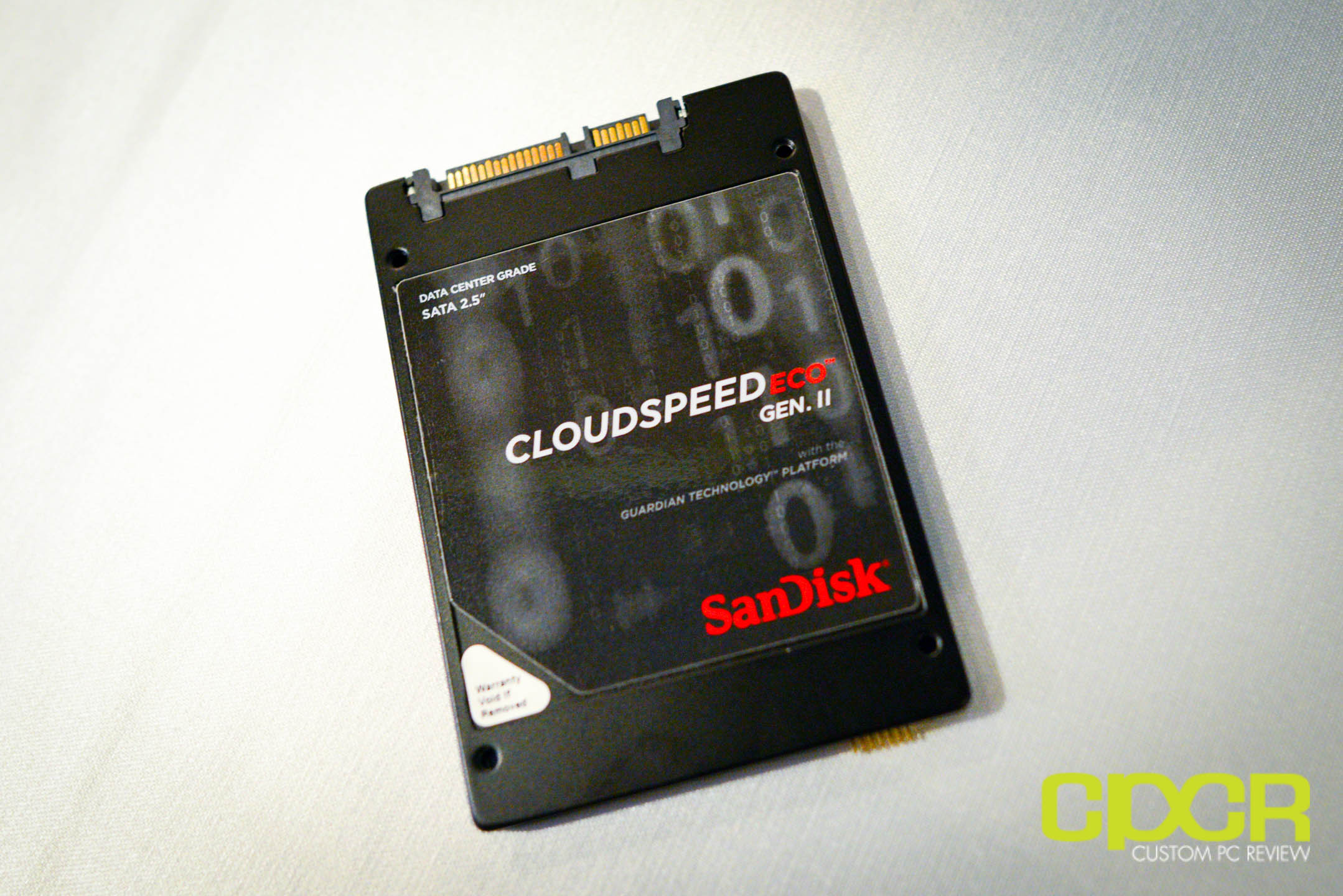
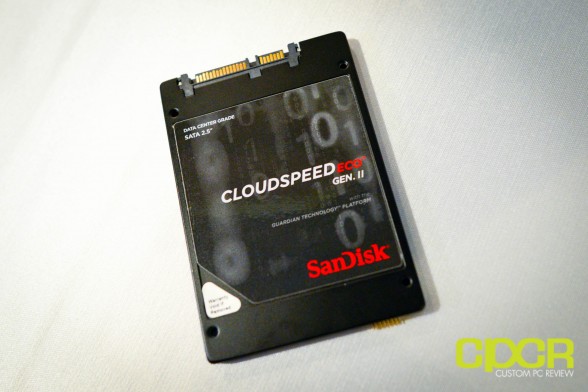
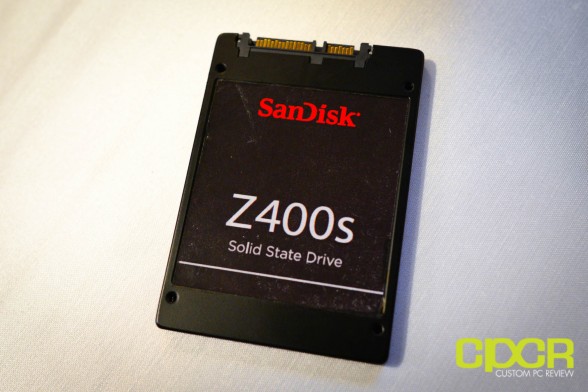
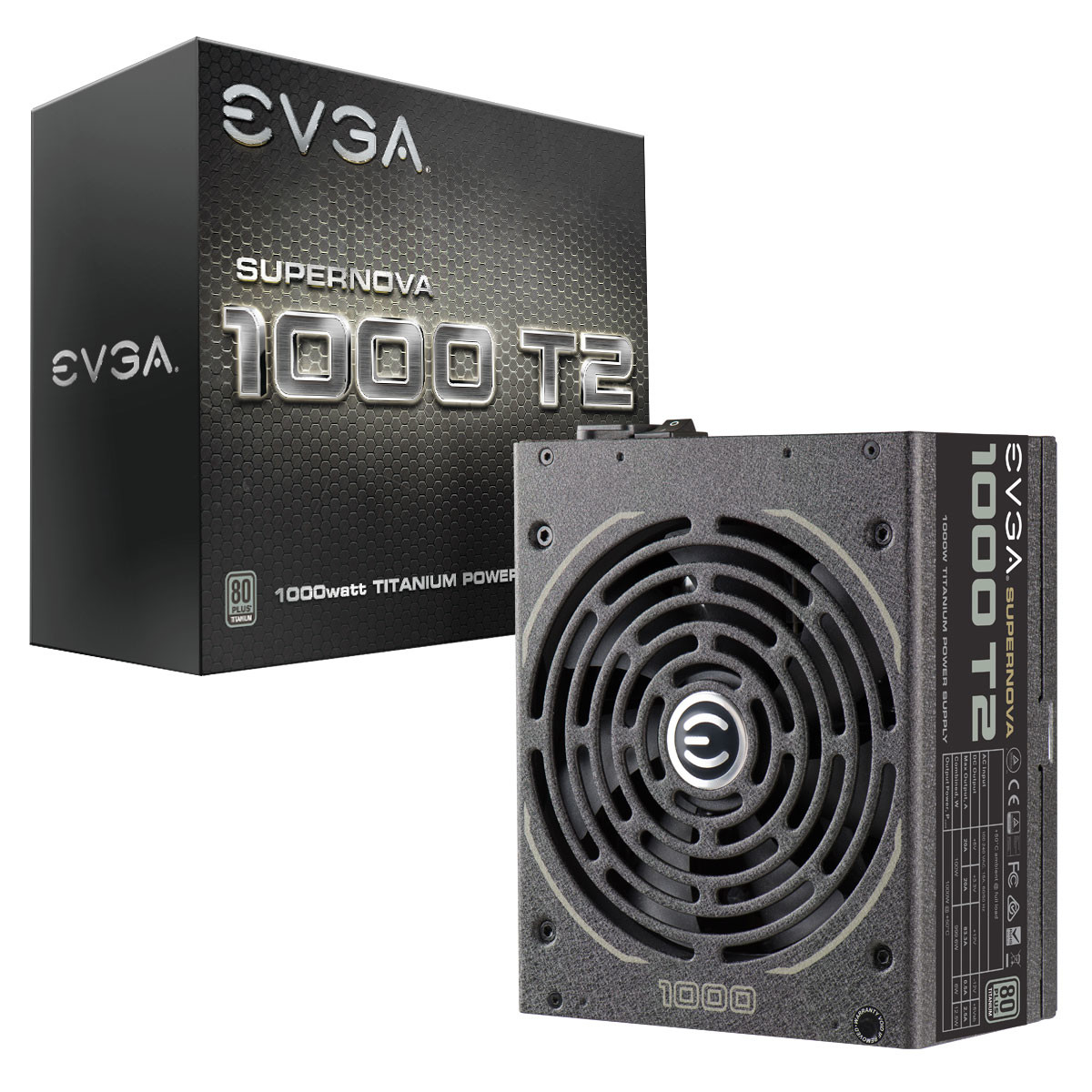

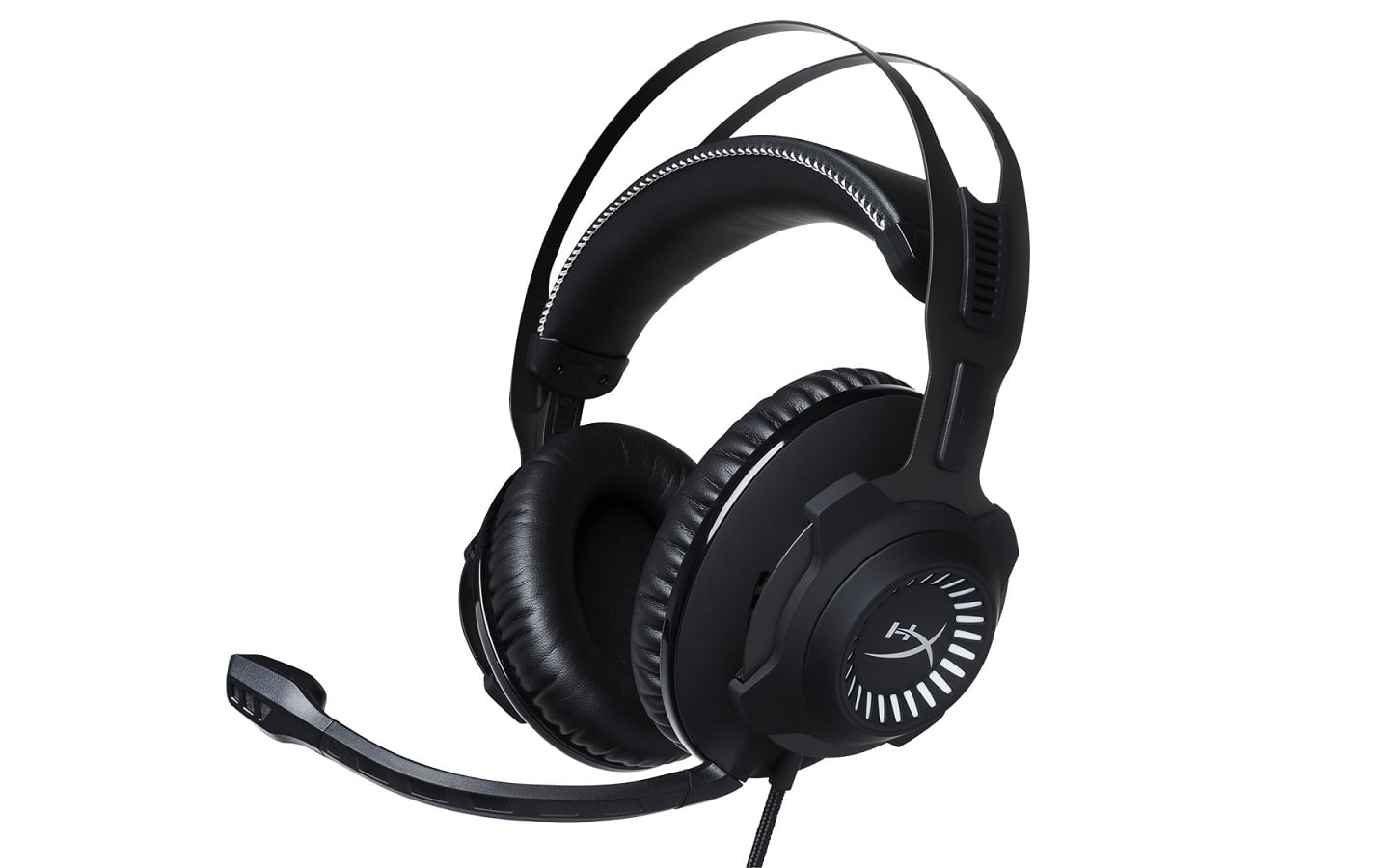
When will CPR do a review on this one?